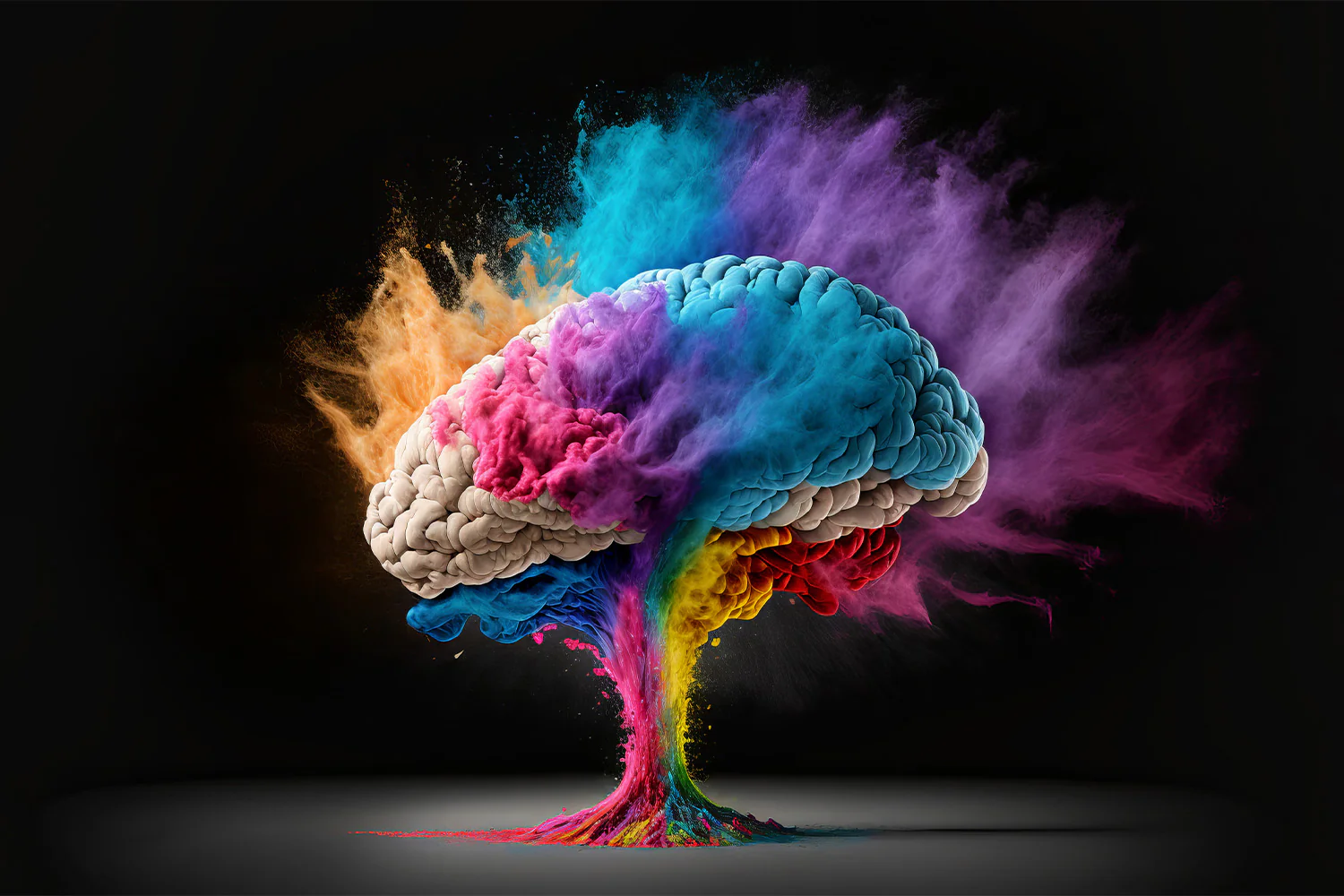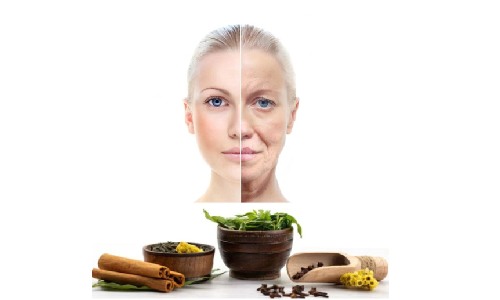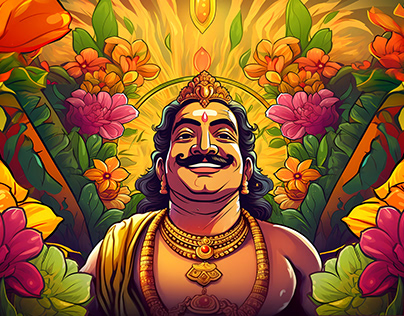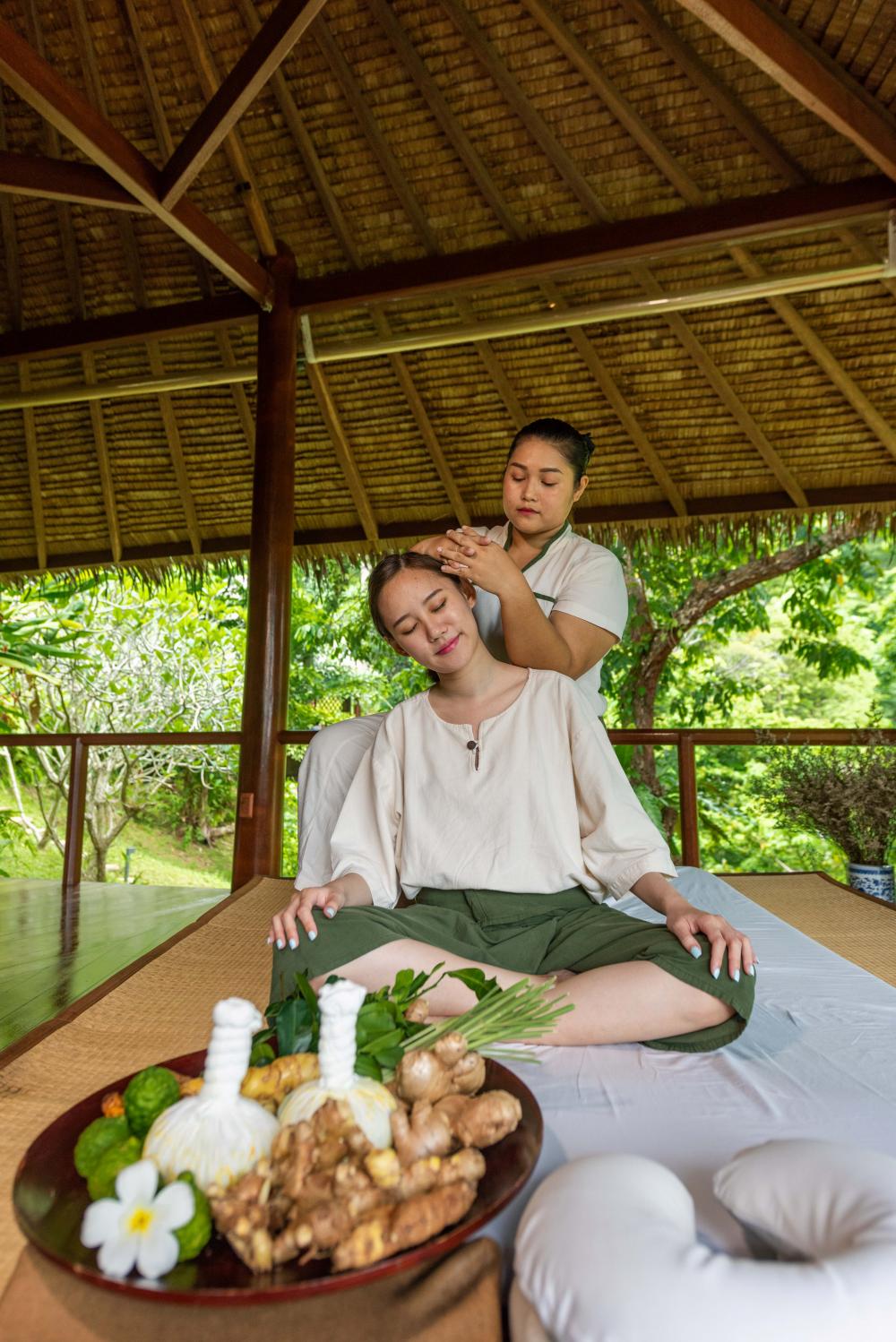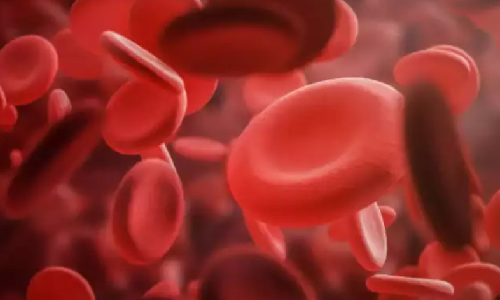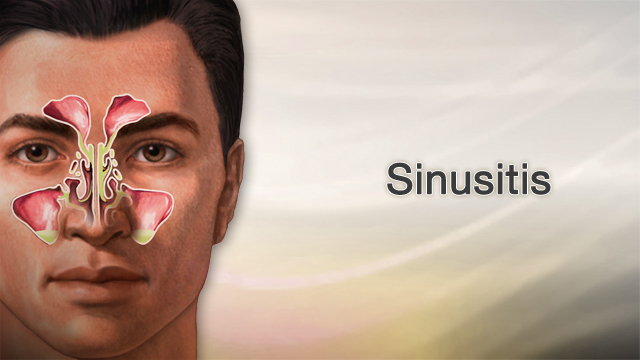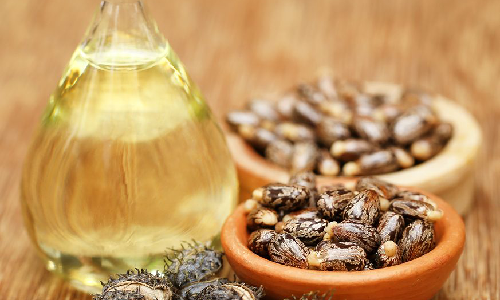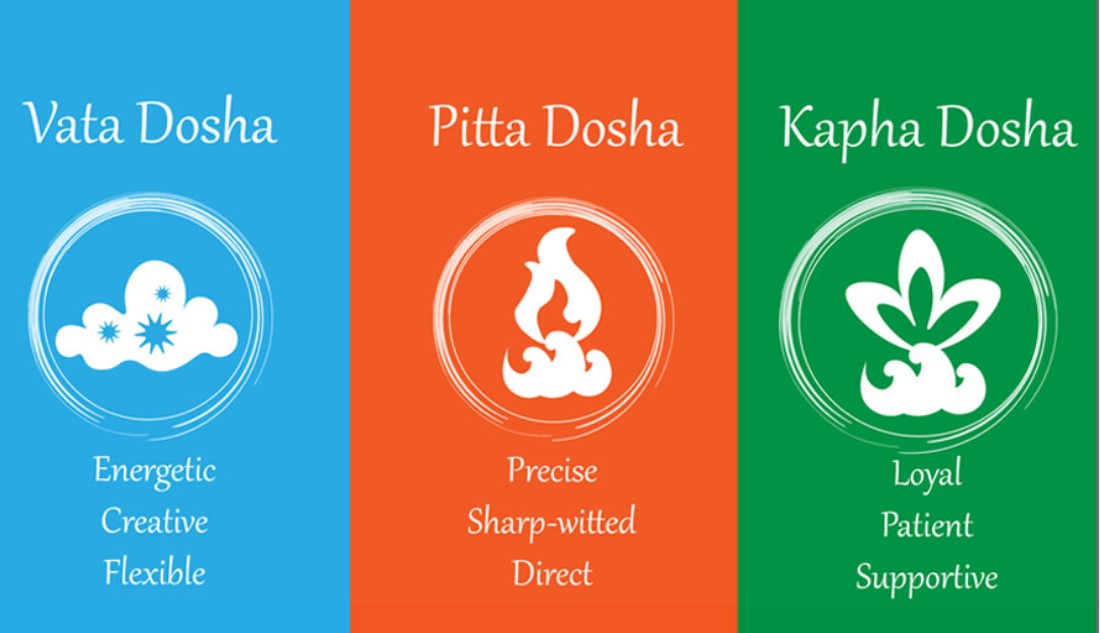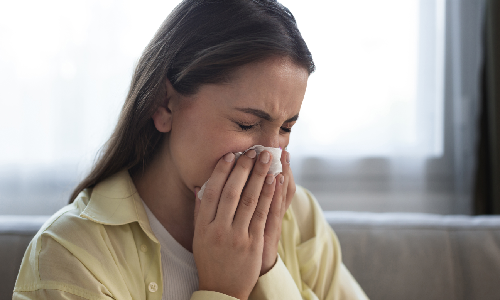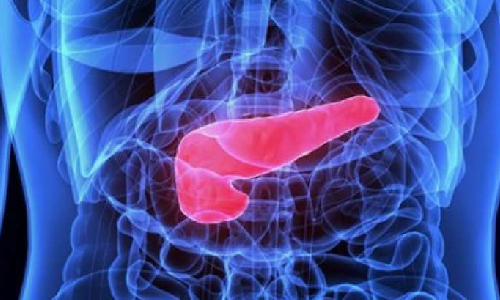Mental clarity and attention have a profound effect on your emotional stability, productivity and sound decision-making abilities. However, with the busy lives everyone leads today, it might be difficult to stay focused and have mental clarity. “Brain fog,” as it is termed, can put you in a difficult situation, especially when you are looking forward to success. Mental exhaustion and memory loss are often the results of multitasking, stress, and the continual assault of information. But they could also be a result of any underlying health condition. Ayurveda offers many tried-and-true methods for improving focus and mental clarity. These techniques help enhance general well-being and cognitive performance. You can enhance your general well-being and cognitive performance by implementing Ayurvedic mental clearing activities into your everyday routine. The Ayurvedic Perspective According to Ayurveda, lack of mental clarity and focus is a condition that involves your mind or Manas and channels associated with the mind (Manovaha Srotas). It could also be a result of Dosha imbalances. In Ayurveda, mental clarity is closely linked to one of the three Gunas or qualities – Sattva (purity and balance), while brain fog is associated with excess of the other two Gunas – Tamas and Rajas. A person with high Sattva has a calm, clear, and sharp mind. Excess Tamas results in sluggishness, forgetfulness, and confusion. Similarly, Rajas creates restlessness, overthinking, and stress. Balancing these qualities through food, lifestyle, and mindful practices is the key to mental clarity. Another reason for the condition could be excess consumption of Viruddha Ahara or incompatible foods. Such foods contribute to Ama (toxin buildup) in the body that affects your digestive health and energy levels. Since the mind and body are connected, poor digestion can indirectly contribute to sluggishness and brain fog. Ayurvedic Practices for Mental Clarity and Focus These Ayurvedic practices can help you stay focused and clear your mind. Daily Routine (Dinacharya) Following a consistent daily routine is crucial for mental clarity. Some of the daily routine practices are: Tongue Scrubbing The coating on your tongue in the morning indicates how much Ama has accumulated overnight. A thick white or yellow coating on the tongue may indicate toxin buildup, especially if accompanied by other signs like fatigue, indigestion, and sluggishness. Scraping the tongue in the morning (preferably, using a copper tongue cleaner) helps remove these toxins and ensures better taste perception and digestion. Thus, it allows the mind to function with better clarity. Oil Pulling Oil pulling promotes better oral hygiene and, in addition, aids in the body’s detoxification. Ayurveda suggests using organic black sesame oil for oil pulling. Try swishing a tablespoon of oil in your mouth for 5-10 minutes every morning before brushing your teeth. Want to learn more about Dinacharya? Download my ebook for free! Nutrition and Diet Eating a balanced diet is essential to keeping your mind clear. Also, make sure that the food you eat is freshly cooked, warm, and light to digest. Avoid deep-fried foods, excess sugar, processed foods and heavy dairy products like cheese. Heavy foods are hard to digest; consequently, this leads to Ama build up in the body. This can further deteriorate your mental health and cause diseases. Hydration Staying hydrated is important for your body and mind. Dehydration leads to fatigue and brain fog, making it harder to stay focused. Drinking enough water helps remove toxins from the body. Also, avoid excessive caffeine and sugary drinks which can cause mental restlessness. You can opt for herbal teas instead. For example, I start my mornings with a cup of licorice tea. It is healthy for the gut and is rejuvenating. But I don’t have it for long. I have it for three months, take a break, and then resume. But if you have hypertension or a family history of hypertension, I won’t recommend it. Exercise and Yoga A healthy mind lives in a healthy body. Physical activities can boost your concentration level as well as clear your mind. Yoga and Pranayama Yoga Yoga poses such as Garudasana (Eagle Pose) and Vrikshasana (Tree Pose) can help you focus. Practising Pranayama (breathing exercises) has an immense effect on mental clarity. Nadi Shodhana (Alternate Nostril Breathing) calms the mind, and balances the left and right brain hemispheres resulting in deep relaxation. Bhramari (Bee Breathing) alleviates stress and improves concentration. Exercise Moving your body regularly helps lower stress hormones and boosts blood flow to the brain, keeping your memory sharp and your mind clear. Take part in light activities such as swimming or walking to boost circulation and energy levels. Walk barefoot on soft green grass at sunrise for better energy and focus. The morning sun exposure regulates your circadian rhythm, improving concentration. Meditation and Mindfulness Mindfulness and meditation practices are sure to enhance your concentration and mental clarity. Pay attention to what you’re doing, be it working, eating or walking. Also, to ground and clear your mind, set aside 10 to 15 minutes to meditate to let your mind calm or practice some breathing techniques. One of the most powerful Ayurvedic meditations is Trataka (gazing meditation). It involves focusing on one object like candle flame. This deepens focus and clears the mind of any distractions. To reset your mind, try doing Trataka daily before bed. With time, meditation trains your brain to focus better, stay emotionally balanced, and handle stress more effectively. Ayurveda can help you get better mental clarity via regular physical exercise, a balanced diet, frequent mindfulness and meditation, and regular morning practice. By bringing the mind, body, and spirit into balance, these activities enhance mental clarity and attention and advance general well-being. Remember, small consistent lifestyle changes can make a huge difference. Start… Continue reading Mental Clarity with Ayurveda
Mental Clarity with Ayurveda
